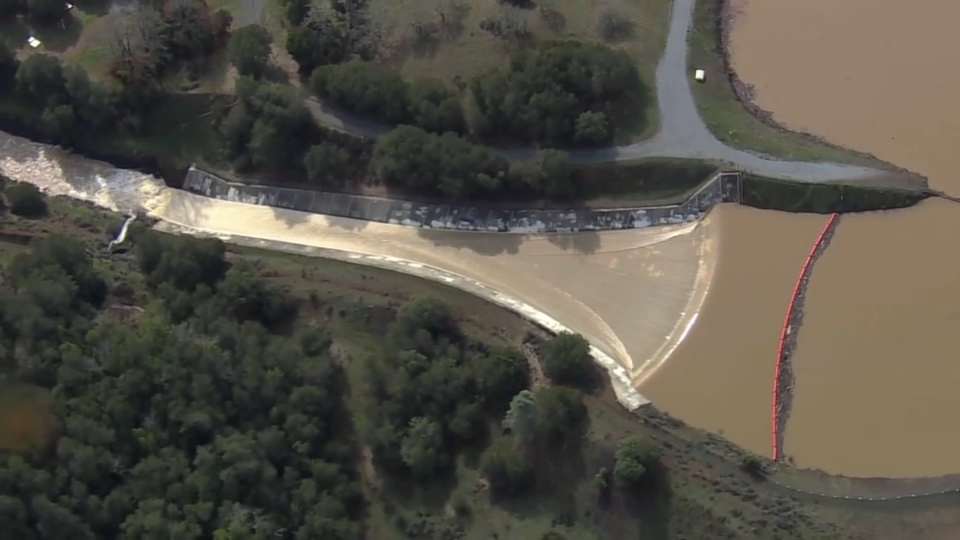This year’s salmon fishing season will be closed in California due to an historically low number of fish. Scientists say the drought is to blame. Joe Rosato Jr. shows how the efforts being made in this wet year will mean a brighter future.
A tanker trunk backed confidently down a boat ramp at Boyd's Landing in Yolo County, looking as if it were about to dump a load of fuel into the briskly flowing Feather River. But as the driver flipped a metal lever on the back of the tank, the stream flowing into the river was instead a torrent of water flecked with the gyrating bodies of hundreds of thousands of chinook salmon smolts.
This release of salmon, reared from eggs in the nearby Feather River Fish Hatchery, represents a future investment in the state's salmon population -- even as the current ocean population of chinook is so depleted from drought that fishery managers cancelled the 2023 salmon season fishery for only the second time in history.
"The fish that are returning this coming fall were experiencing some of the worst drought years we’ve had," said Jason Julienne, senior environmental scientist supervisor with the Calif. Department of Fish and Wildlife.
The 350,000 spring-run salmon released on the Feather River on that recent day each bore a notch on their adipose fin, along with a wire tag so state officials can track them in a new pilot study aimed at determining ideal release sites.
"That provides important insight to the health of the species," said Peter Tira, spokesman with Calif. Fish and Wildlife, "their population, river health, ocean health."
In contrast to salmon smolts released three years ago in drought conditions, this batch of fish will enjoy the fruits of California's abundantly wet winter. The state's rivers are running fast and cold, with the fast water kicking-up sediment to produce enough turbidity to help conceal the tiny three-inch smolts from predators both in the air and water.
"It makes a really big difference," said Julienne, "we see a lot better survival for these fish when we have a lot of water coming through our rivers."
Spring-run salmon are considered threatened, while fall-run chinook, or king salmon, are the backbone of the state's fishing industry. Because the fish live a three-year cycle of river to ocean to river - the population of fall-run fish that led to this year's salmon season closure began their lives in drought-impacted rivers which flowed with less-than-ideal warm water.
Which makes this year's release of both fall and spring-run hatchery salmon all the more optimistic. In February, the state released 1.1 million fall-run Chinook salmon smolts into the American River, the first time in three years conditions on the river were favorable enough for release. In the previous three drought years, the state was forced to truck the fish directly to the San Francisco and San Pablo Bays for release to improve their odds for survival.
Get a weekly recap of the latest San Francisco Bay Area housing news. Sign up for NBC Bay Area’s Housing Deconstructed newsletter.
The state's hatchery program was designed to off-set the impacts of the state's dams, which cut-off fish populations from miles of upstream rivers. In light of this year's favorable conditions, the state's hatcheries are releasing millions more chinook fry to take advantage of the increased survivability.
"With more water, there’s more habitat for spawning," Tira said, "there’s cold water so these fish are going to experience ideal conditions."
The true impact of this wet year, at least in the fishing world, won't be fully measured for three years, when this current release of fall-run chinook are mature. Until then, it'll be a watch and wait to see what California's weather will bring next.
"Hopefully we continue to have years like this," said Julienne, "where we can anticipate really good survival for our salmon runs."




